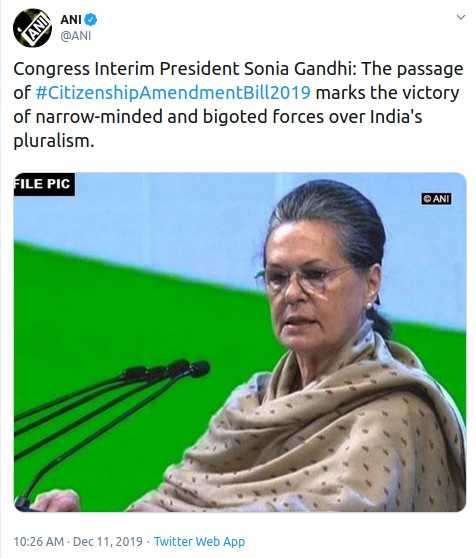1) Syed Ahmad Barelvi, a Chela of Abdul Aziz (Son of Walliullah), started his Jihad against the British for the establishment of Sharia state in India, died at the hands of Sikhs at Balakot.
1/n
2/n
3/n
4/n
5/n
6/n
The fond belief that the Amir of Afghanistan and the Frontier Tribals could be invited for liberating India from foreign rule, lingered for a long time.
7/n
8/n
9/n
10/n
11/n
12/n
13/n
14/n
15/n
16/n
17/n
18/n
19/n
21/n
22/n
23/n
24/n
25/n
26/n
27/n
Murray Titus, Indian Islam, Oxford, 1930, p. 180
28/n
29/n
30/n
31/n
32/n
Finally, the British Indigo planters put pressure on the British government to bring the hoodlum to book.
33/n
Source: R.C. Majumdar (ed.), History and Culture of the Indian People, Volume XI, Bombay, 1981, p. 885.
35/n
36/n
37/n
38/n
39/n
40/n
41/41
"Muslim Separatism: Causes and Consequences"
by
Sita Ram Goel





